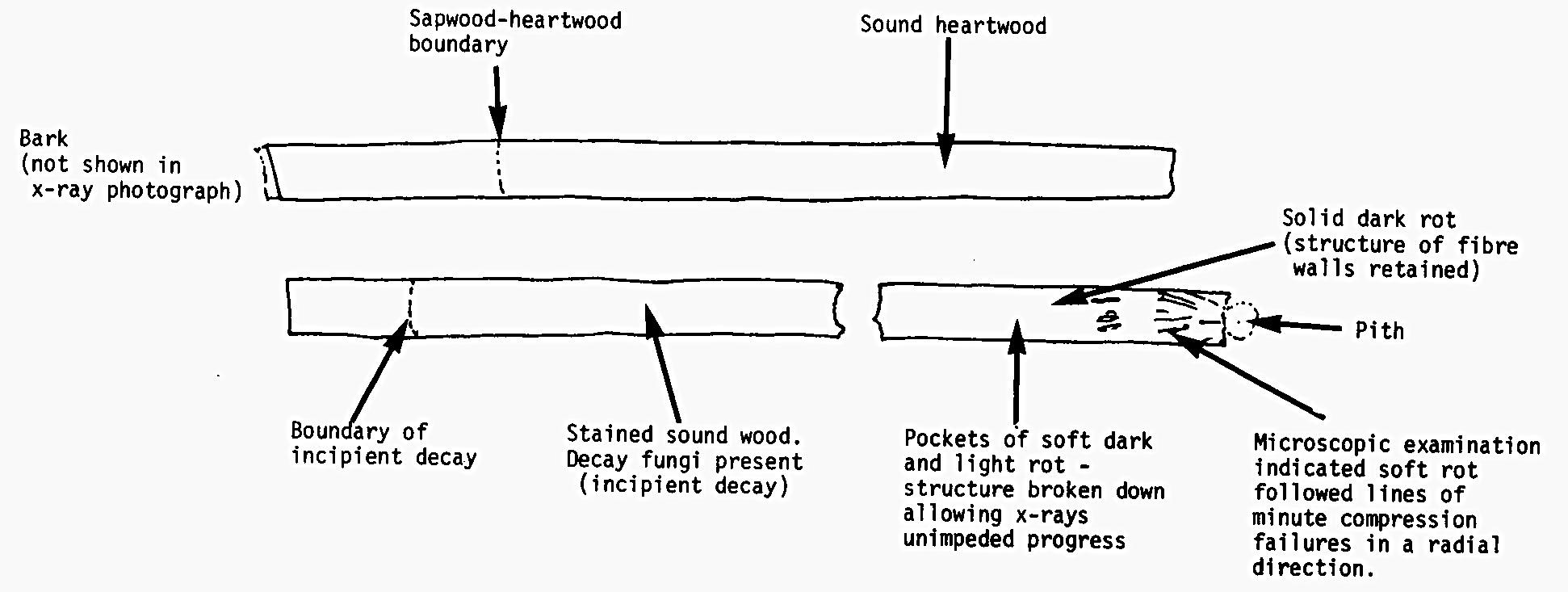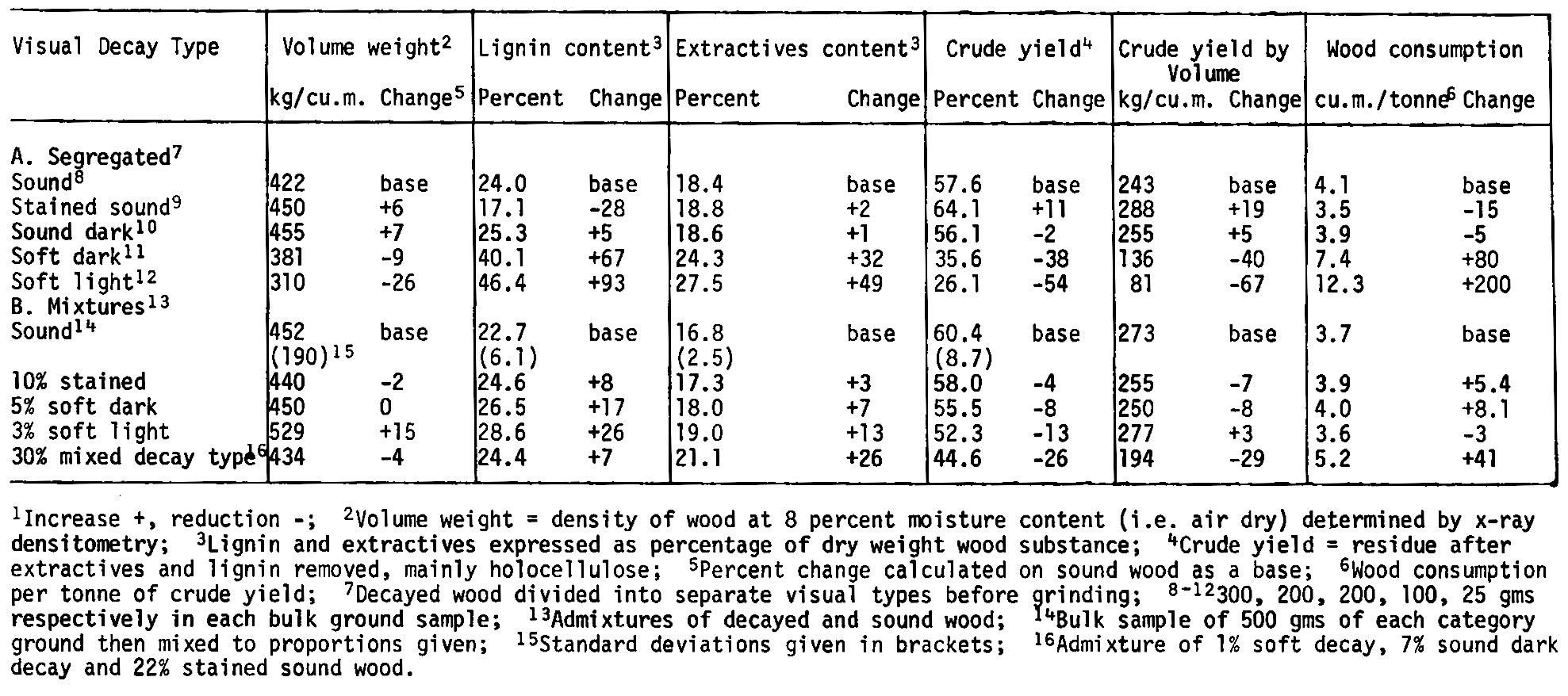
2 minute read
Investigation of heart rot in E. deglupta
from PNGAF MAG ISSUE # 9B - 5B4D3 Dr John Davidson Accompaniment "RAINBOW EUCALYPT MAN" Part 3 of 8 parts
by rbmccarthy
Investigation of heart rot in E. deglupta
Heartwood decay had been reported in plantations of E. deglupta in Papua and New Guinea, Solomon Islands and Fiji since the early 1960s. In young trees a distinction has to be made between the colour change at the beginning of normal heartwood formation and change in colour caused by wood rot fungi. For technical assessment and economic considerations, the actual stage of the rot damage is of greatest interest. Four decay types were recognized by their appearance and hardness in the wood of E. deglupta: stained sound wood, sound dark rot, soft dark rot and soft light rot. A rot was considered sound if pressure from a blunt instrument such as a ballpoint pen would make no impression or the same impression in the decayed wood on the end grain surface as in the corresponding sound non-decayed wood. The rot was termed soft if the instrument could be pushed into the decayed area to a greater depth than into the sound wood. Dark and light rots were distinguished subjectively by colour.
Advertisement
It was possible to re-examine positive prints of the x-rays of the random and candidate trees and interpret them for decay type as in the example illustrated below.

Top: Positive photographic print of an x-ray of a bark to pith sample of one tree of E. deglupta. The sample is in three parts with the pith near the right hand end of the bottom image. Below: The interpretation of the image reveals that only the patches of soft dark rot and light coloured soft rot were relatively transparent to x-rays, that is they were of a lower density than the sound wood.
A standard for the various degrees of decayed wood could be developed from the density as determined by x-ray densitometry. A marked loss in weight per unit volume of wood occurred only in the soft rots (see table below).
A COMPARISON OF THE VISUAL DECAY TYPES AND WOOD DENSITY DETERMINED BY X-RAY DENSITOMETRY+
Visual decay type* No. of samples Range of density Mean density (gms/cc)
(gms/cc)
Sound wood 150 0.36 – 0.70 0.45
Stained sound wood Sound dark coloured rot Soft dark coloured rot 150 44 10 0.28 – 0.51 0.29 – 0.45 0.22 – 0.30 0.44 0.36 0.25
Soft light coloured rot 6 0.21 – 0.28 0.27
+ The apparatus was calibrated for wood moisture content of 8% (approximately air dry under laboratory conditions in Canberra). * Samples were taken from the same incremental position in different trees.
Samples were also subjected to chemical analyses for lignin, extractives and crude yield. Lignin and extractives increased substantially with a consequent fall in “crude yield”. A routine pulpwood consignment would not consist of segregated decay types as examined above. Typically, it might consist of a mixture of decayed and sound wood therefore some mixtures were also examined (see table below).
CHANGES1 IN VOLUME WEIGHT, LIGNIN AND EXTRACTIVES CONTENT, CRUDE YIELD AND WOOD CONSUMPTION WHEN WOOD OF E. DEGLUPTA OF VARIOUS DECAY TYPES AND ADMIXTURES OF DECAYED WOOD WITH SOUND WOOD ARE COMPARED WITH SOUND WOOD ALONE










